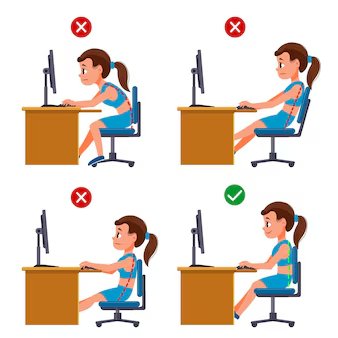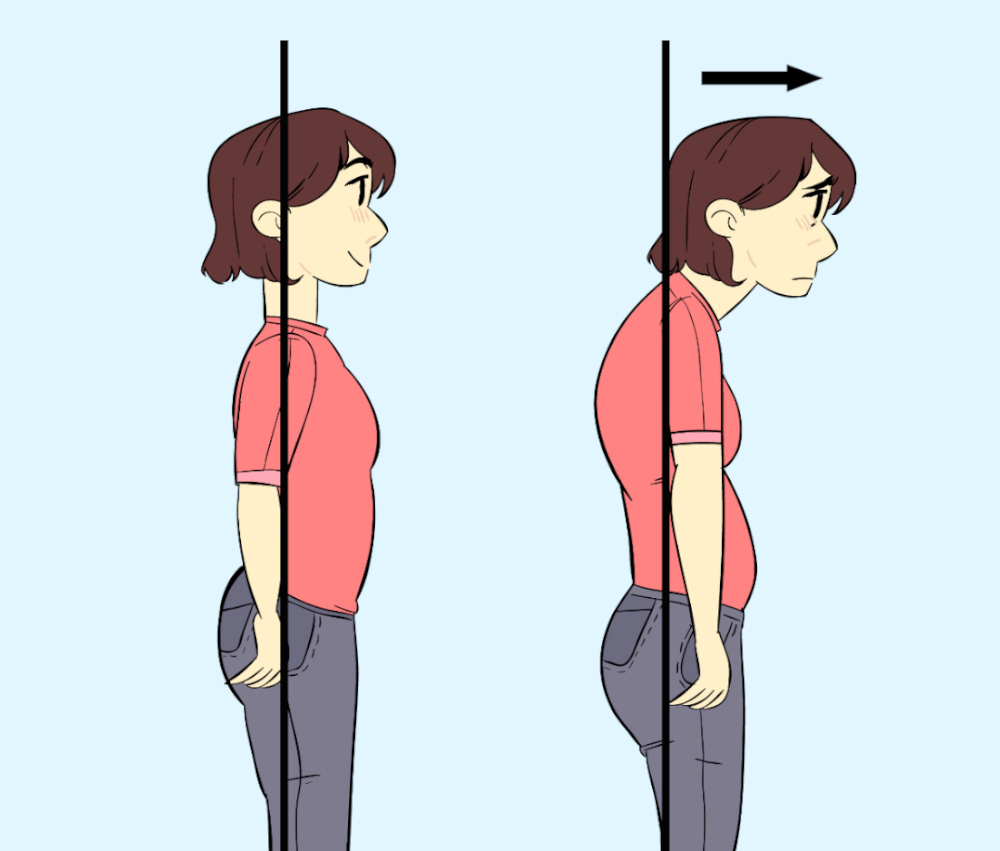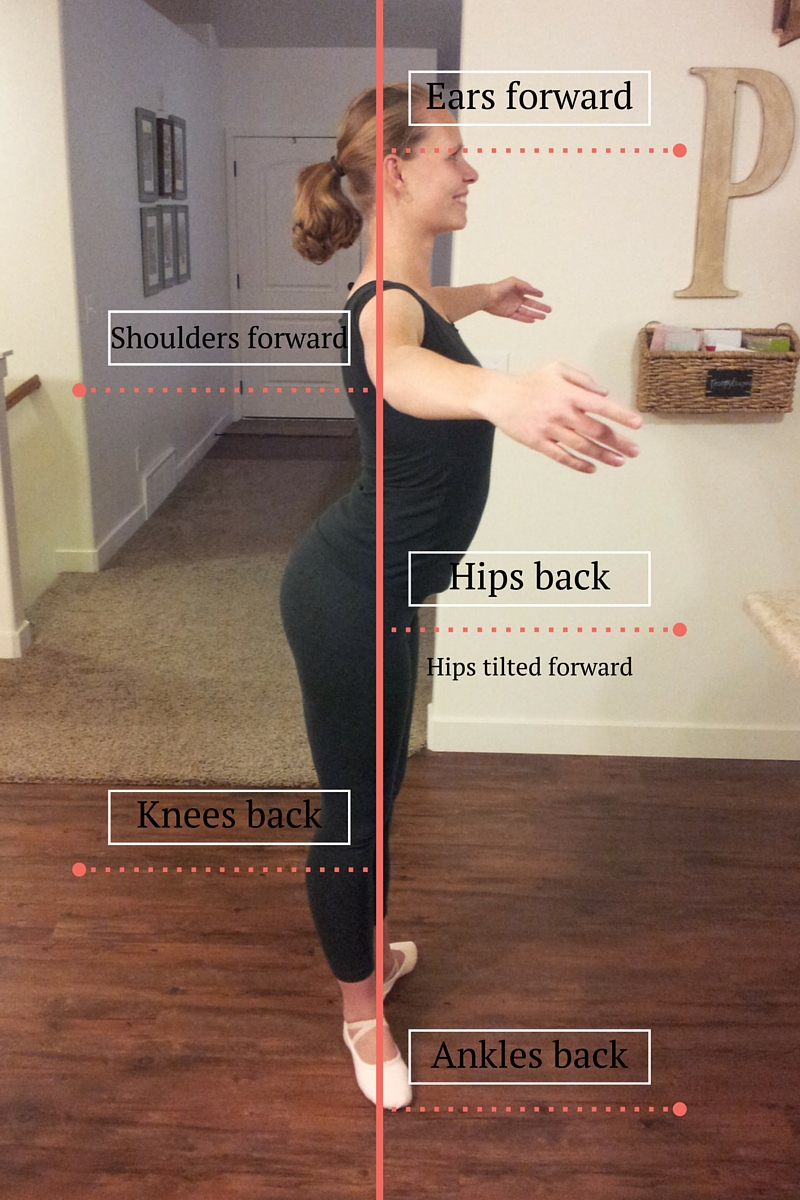Back
Posture and your Pelvic Floor
By Shannon Strauch, PTA, STMT-1 on 3/25/2024

Posture plays a significant role in the health and function of your pelvic floor. Here's how posture can affect your pelvic floor:


Alignment
: Poor posture, such as slouching or hunching over, can misalign your pelvic bones and put excessive pressure on the pelvic floor muscles. This constant pressure can lead to weakening of the pelvic floor muscles over time.Muscle Engagement
: Good posture, on the other hand, promotes proper alignment of the spine, pelvis, and hips, which allows for optimal engagement of the pelvic floor muscles. When you maintain a neutral spine and pelvis, the pelvic floor muscles can work more efficiently to support your pelvic organs and maintain continence.Breathing Patterns
: Posture also affects your breathing patterns, which in turn influence the pelvic floor muscles. Diaphragmatic breathing, where you breathe deeply into your belly while maintaining good posture, helps activate and strengthen the pelvic floor muscles. Conversely, shallow chest breathing associated with poor posture can lead to dysfunctional patterns in the pelvic floor muscles.Pelvic Floor Dysfunction
: Prolonged periods of poor posture can contribute to pelvic floor dysfunction, such as urinary incontinence, pelvic organ prolapse, or pelvic pain. Weak or tight pelvic floor muscles due to poor posture may not provide adequate support to the pelvic organs, leading to these issues.Impact of Sitting
: Sitting for long periods with improper posture, especially on chairs that do not support your lower back or pelvis, can exacerbate pelvic floor problems. It can compress the pelvic floor muscles and impede proper circulation, potentially leading to discomfort, urinary leakage, or other symptoms.Exercise and Posture
: During exercise, maintaining proper posture is crucial for protecting the pelvic floor. For example, incorrect form during weightlifting or high-impact exercises can strain the pelvic floor muscles if the spine and pelvis are not aligned correctly.
In summary, maintaining good posture supports the optimal function of your pelvic floor muscles by promoting alignment, facilitating proper breathing, and reducing undue pressure on the pelvic organs. Incorporating posture awareness into daily activities and exercises can help prevent pelvic floor dysfunction and promote overall pelvic health.
Read More:
Fascial Counterstrain of the Musculoskeletal System By Shannon Strauch, PTA, STMT-1 on 10/21/2024 How treating cartilage and fascia can help reduce joint pain and improve organ function The Impact of Long-Distance Cycling on the Pelvic Floor: Pudendal Nerve and Pelvic Dysfunction By Dr. Christine Martirez PT, DPT on 10/18/2024 Learn how long distance cycling can impact the pelvic floor
Are you ready to live pain free?
Request An Appointment